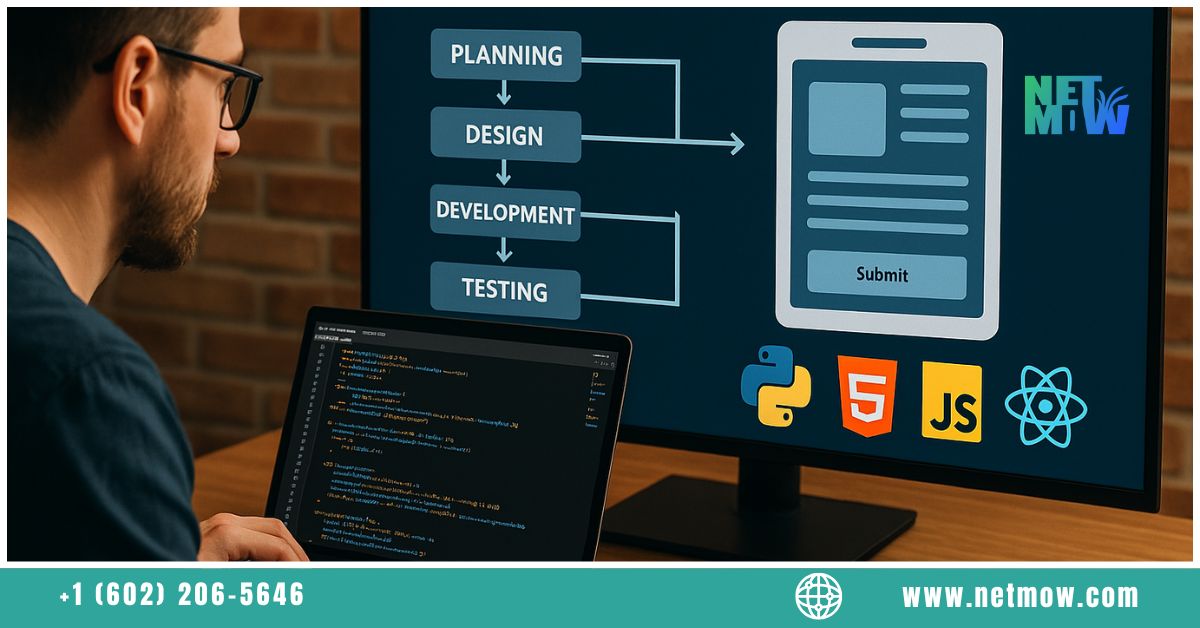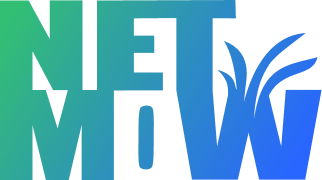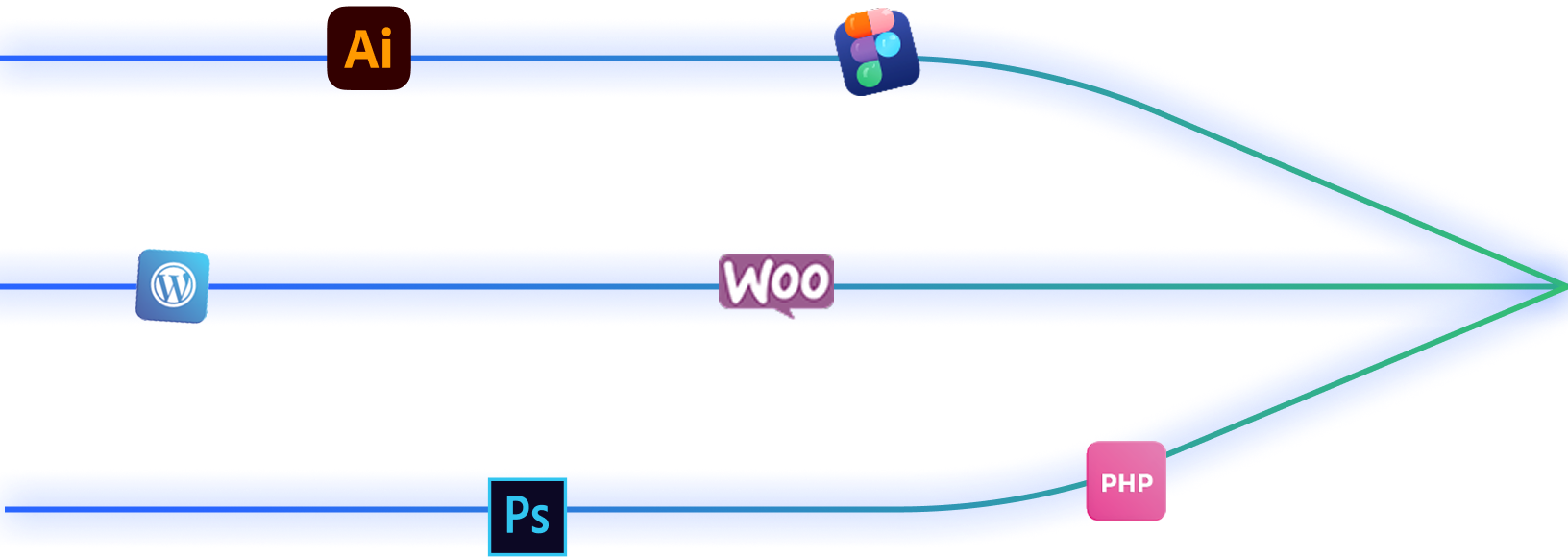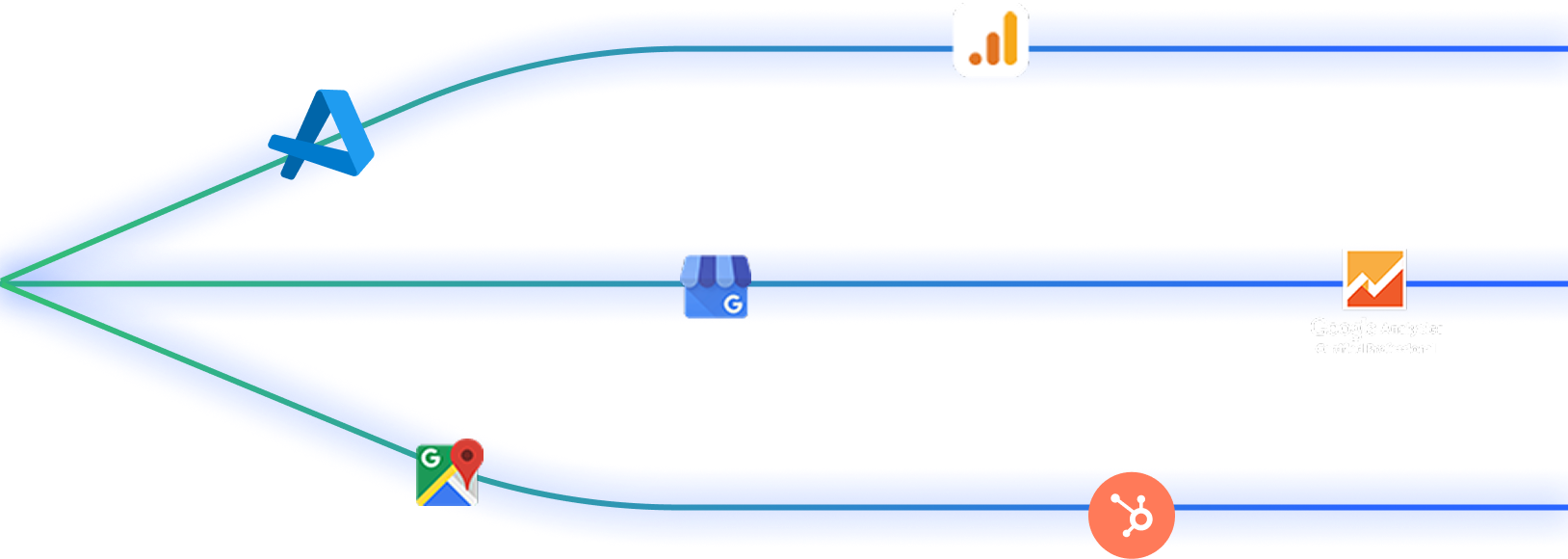Why Software Development is Like Crafting a Perfect Recipe for Business Success

In the world of business, the journey to success can often be compared to the art of creating a perfect dish. Just like a chef carefully selects the right ingredients, follows the right steps, and perfects a recipe to create something truly remarkable, a software development team does the same to create a solution that serves a specific business need. In this analogy, we’re going to explore why software development is like crafting the perfect recipe for business success. From gathering the ingredients to perfecting the process, software development has its own set of principles and methodologies that ensure it delivers solutions that can help businesses thrive.
Creating software is not much different from cooking a complex dish. Both require a combination of skill, the right tools, proper timing, and, most importantly, the right ingredients. The end goal, whether it’s a dish or software, is to create something that satisfies the need of the consumer. In the case of software, the “consumer” is your business or client, and their needs might include anything from building a new web application, launching a mobile app, or creating a customized enterprise solution.
To create that perfect product, software development relies on a structured approach and a set of tools—just like a chef relies on recipes and kitchen gadgets. Throughout this post, we’ll take a closer look at how the process of software development mirrors the process of crafting a perfect recipe, ensuring your software is as satisfying and impactful as your favorite dish.
2. The Ingredients of Software Development
A recipe starts with ingredients—the essential elements that form the foundation of the dish. Similarly, in software development, there are core components and tools that developers need to craft the perfect product.
Key Components of Software Development:
- Programming Languages: Just as flour, sugar, and butter are the essential building blocks of a cake, programming languages like Python, Java, JavaScript, or C++ are the foundational “ingredients” of software. Each programming language is suited for different tasks. For example, Python is great for data analysis and backend development, while JavaScript is essential for creating interactive web pages. Choosing the right programming language is as crucial as choosing the right spices for a dish.
- Development Tools: In the kitchen, chefs use various utensils and appliances—knives, blenders, ovens—to help them prepare their meals. In software development, tools like Integrated Development Environments (IDEs), version control systems (such as Git), and compilers or interpreters serve a similar function. IDEs help streamline coding, debugging, and testing. Version control tools help track changes in code and collaborate effectively across teams.
- Problem-Solving & Attention to Detail: Every recipe has its challenges—whether it’s adjusting the temperature or figuring out how to blend ingredients effectively. Similarly, software development requires problem-solving skills and a keen attention to detail. Developers must think critically to address bugs, optimize performance, and ensure that the end product meets user needs.
Each of these ingredients plays a crucial role in the final dish—or in this case, the final software product. Understanding which ingredients are required and how to use them effectively is key to creating something that’s both functional and delightful.
3. The Recipe for Building Great Software: The Software Development Lifecycle (SDLC)
In cooking, once you have your ingredients, you follow a specific process to bring your dish to life. The same goes for software development. The Software Development Lifecycle (SDLC) represents a structured approach that ensures each step is followed with precision. The SDLC provides the recipe that guides developers through each phase of the software creation process, ensuring that the final product is of the highest quality.
Phases of SDLC:
- Requirements Gathering: Just as a chef needs to know the type of dish they’re cooking (dessert, main course, etc.), the first step in software development is gathering requirements. During this phase, the development team works closely with stakeholders to understand the needs of the business and the goals of the software. This phase ensures that everyone is on the same page and helps to avoid any surprises down the line.
- Design: Once the ingredients are understood, it’s time to design the meal. Similarly, in software development, the design phase involves planning the software architecture and creating wireframes or mockups. This phase is about deciding how the different components of the software will work together, just as a chef decides how ingredients will be mixed, cooked, and presented.
- Coding: The cooking process—where the recipe comes to life. During the coding phase, developers translate the designs and requirements into actual software code. It’s during this phase that the functionality of the application is built, much like following a recipe step by step.
- Testing: Just as chefs taste their dishes to ensure they’re perfectly seasoned and balanced, software developers use testing to make sure everything is working as expected. This phase includes quality assurance (QA) and user testing to identify bugs, usability issues, and performance problems.
- Deployment: Once the dish is ready, it’s time to serve it to the customer. In the software world, deployment involves releasing the software to users. This phase includes activities such as setting up servers, databases, and ensuring that everything is accessible for the end-user.
- Maintenance: Even after the dish is served, chefs make adjustments to improve their recipes over time. The same happens with software. After deployment, the software enters a maintenance phase where it’s updated with new features, fixed for bugs, and optimized for better performance.
Each of these phases contributes to the final product—just as the steps in a recipe lead to a delicious dish. It’s a cyclical process that continues long after the software is initially deployed, ensuring that it remains effective and useful for its users.
4. Choosing the Right Tools: Essential Kitchen Equipment for Success
Imagine trying to bake a cake without a mixing bowl, or trying to cook a steak without a pan. The right tools are essential for a successful outcome. In the same way, software development relies on a set of specialized tools that help developers work more efficiently and create high-quality software.
Key Tools in Software Development:
- IDEs: Just as chefs rely on kitchen appliances like ovens and stoves, software developers rely on IDEs (Integrated Development Environments). IDEs such as Visual Studio Code or PyCharm offer an environment where developers can write, test, and debug their code in a single interface. It’s where the magic happens, just like a stove or oven for a chef.
- Version Control Systems: A kitchen is often a busy place with multiple chefs working on different parts of the same dish. To keep everything organized, chefs use labeling and organization systems. Similarly, software developers use version control systems like Git to keep track of different versions of the code, collaborate with other team members, and manage updates without conflicts.
- Compilers & Interpreters: Just as a chef mixes ingredients to transform them into a dish, compilers and interpreters take raw code and convert it into executable programs. These tools ensure that the code works as expected and can be run on different platforms.
- Testing Frameworks: Just as chefs taste their dishes before serving, testing frameworks like Selenium or JUnit help software developers ensure their code is free from bugs and works as intended. These frameworks automate the testing process, saving time and reducing human error.
By selecting the right tools for the job, software developers can optimize their workflow, reduce errors, and ensure that the final product is of the highest quality.
5. The Methodologies: Cooking with Precision or Flexibility
Just as chefs have different cooking styles—some follow strict recipes, while others experiment with their ingredients—software developers follow different methodologies that influence how they approach building software. Two of the most common approaches are Waterfall and Agile, each with its own benefits and drawbacks.
- Waterfall: In traditional cooking, following a fixed recipe step by step is common. Similarly, the Waterfall methodology is a linear, sequential approach where each phase must be completed before the next begins. While this can be beneficial for projects with clear, defined goals, it lacks the flexibility to adapt to changes once development has started.
- Agile: Agile, on the other hand, is like a chef adjusting the recipe as they go based on feedback from their diners. Agile emphasizes flexibility, continuous collaboration, and iterative development. It allows developers to work in short “sprints,” delivering incremental updates to the software based on feedback. This approach is great for dynamic environments where changes are frequent.
- Scrum: Scrum is a specific Agile framework that organizes development into short, manageable chunks of work called sprints. Like a team of chefs working together in a fast-paced kitchen, Scrum teams collaborate closely, ensuring that each sprint results in a working piece of software that can be reviewed and improved upon in the next sprint.
6. The Role of Communication & Teamwork in Software Development
In a restaurant, communication is key. The chef needs to coordinate with their sous chefs, servers, and kitchen staff to make sure everything runs smoothly. In software development, communication and teamwork are just as crucial. The process requires collaboration between developers, designers, project managers, and stakeholders to ensure the software meets its goals.
- Stakeholder Involvement: Just as diners communicate their preferences to the chef, stakeholders play a vital role in software development. Regular communication with clients and end-users helps developers understand their needs and adjust the product accordingly.
- Team Collaboration: In both the kitchen and the development team, collaboration is essential. Developers must work together, often using collaboration tools like Slack, Trello, or Jira, to keep track of tasks and share feedback.
7. The Importance of Software Development: A Recipe for Business Success
Software development is not just about building products—it’s about solving problems, driving innovation, and creating solutions that contribute to business success. Just like a great dish can win over customers and drive repeat business, great software can propel a company forward.
- Business Growth & Innovation: Software drives efficiency, automates tasks, and opens new markets. With the right software, businesses can improve their operations, expand their offerings, and stay ahead of the competition.
- Problem-Solving: Just as recipes solve culinary needs, software development solves business challenges. Whether it’s streamlining a process, improving user experience, or creating a new product, software provides innovative solutions.
Just like refining a recipe over time, software development is a continual process. It requires feedback, testing, and constant improvements to ensure it meets the needs of the user. Just as a chef perfects a dish over time, developers need to continuously refine their code, listen to user feedback, and update software to keep it fresh and relevant.
In conclusion, crafting software is like crafting the perfect recipe. By choosing the right ingredients, tools, and processes, developers can create software that not only solves problems but also drives business success. The perfect software, like the perfect dish, requires attention to detail, patience, and a willingness to adapt. With the right approach, businesses can achieve success one line of code at a time.










